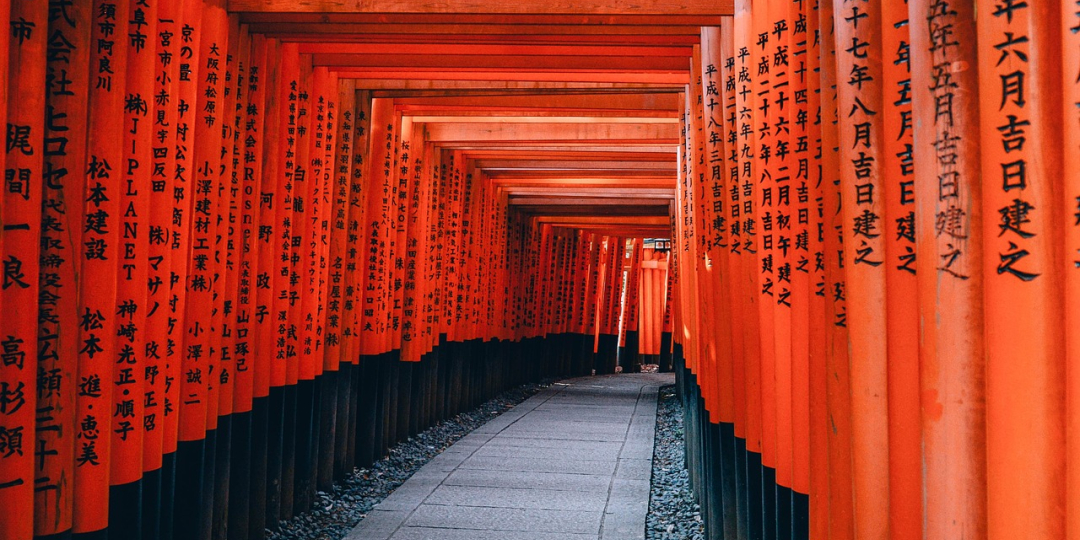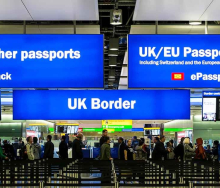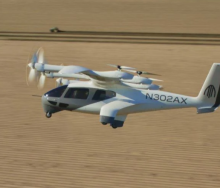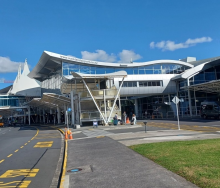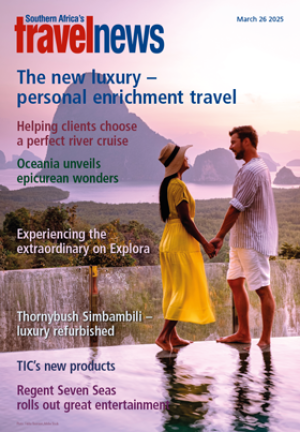Travellers have flocked to Japan since it opened post-COVID. However, the downsizing of staff and scaling back of travel activity owing to the economic impact of the pandemic has left the country’s tourism, transport and hospitality sectors overwhelmed and unable to accommodate the demand for fully inclusive travel.
Following a difficult three years, Japan’s government made a big push to normalise business and social activities to position the nation as more welcoming, and by October 2022, the country had reopened its borders.
The move sparked a massive surge of tourists travelling to the destination, and shortly after, Japan’s tourism industry made a remarkable comeback. A year later, the country exceeded pre-pandemic levels for the first time, with a report in the Japan Times showing that 2,51 million foreign visitors travelled to the country in October 2023.
Despite the renewed global interest in Japan as a destination, the lack of resources to manage the influx of international arrivals has resulted in limited travel opportunities.
Weaker yen sweetens the deal, but not for SA
Japan’s tourism revival has been fuelled by a favourable exchange rate for many. The yen has weakened since 2019, translating into significant savings for international visitors and making iconic Japanese experiences more affordable than ever before, although this does not appear to be the case for South African travellers.
Penny Bannerman, Director and Product Development at Curious Traveller, told Travel News that she was getting dozens of calls and emails every day from agents who want fully inclusive packages to Japan.
Bannerman revealed that Curious Traveller was finding that the minimum charge for a fully inclusive trip in Japan was around US$1 000 (R19 000) per person per day, which is exorbitant for South African travellers.
In addition, she said the availability of accommodation was extremely challenging.
“Lack of staff is forcing hotels to limit reservations or reduce room availability and the country’s hospitality sector has been struggling to keep up with the demand.”
There is also a need for qualified tour guides.
“When we do go through, there are no fully inclusive tours or operators available to help… The shortage is so severe, it’s been forcing some suppliers to turn smaller groups away.”
In an interview with the Japan Times, Hiroyuki Takahashi, JATA (Japan Association of Travel Agents) Chairman said although Japan’s tourism industry was experiencing a welcome surge, a critical challenge had emerged: a significant labour shortage in the hotel industry and other sectors. This rapid recovery in demand after COVID-19 has left some suppliers concerned about their ability to meet the high volume of guests.
“The labour shortages in the tourism industry stem from lower wages than in other sectors and uncertainty about the future. The tourism industry is even struggling to hire new graduates.”
US, Europe and UAE are key source markets
In the UAE, travellers are searching for flights to Osaka and, according to Skyscanner’s latest report, year-on-year searches for the city skyrocketed by 305%, making it number-one on their list of top 10 trending destinations for 2024. To ensure sufficient capacity on this route, Etihad Airways recently added the city to its network.
Raoul Canetti, who heads up DMC representation company U-Cannect, said Japan was the top incentive destination out of Europe and the US, where the big spenders are. Canetti told Travel News that big tour groups from those regions were preferable for Japanese operators because they attracted more spending.
“The South African market is struggling to access Japan at reasonable rates. We are simply being out priced and, at the moment, Japan is unaffordable for our small groups.”
Opportunities for South Africans to travel to Japan in the short term may not be viable, but as capacity improves, it could improve in the future.

